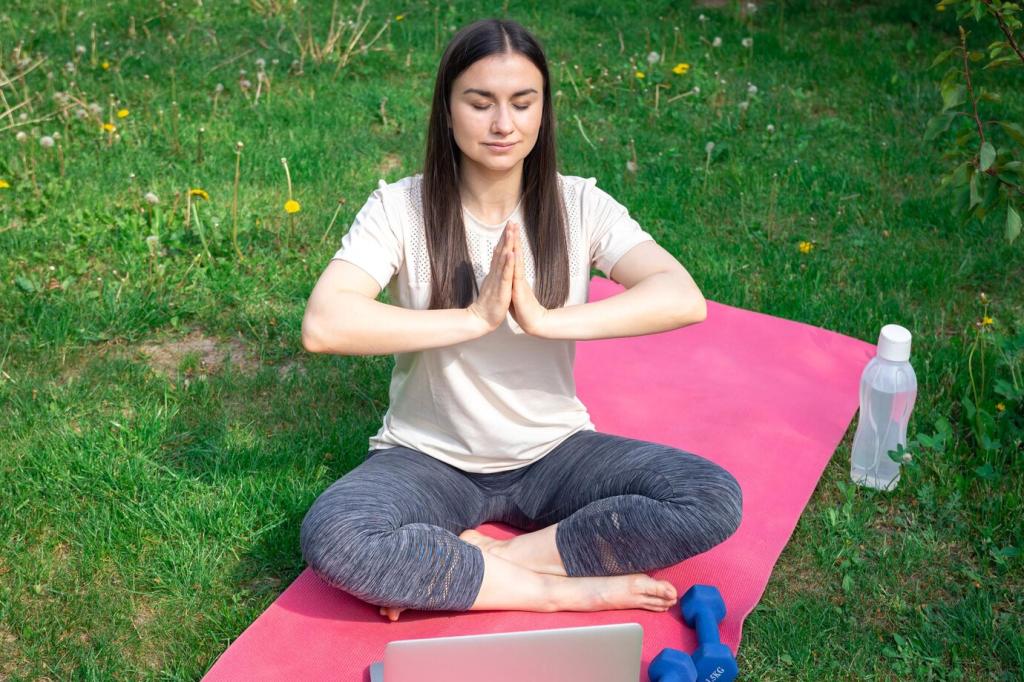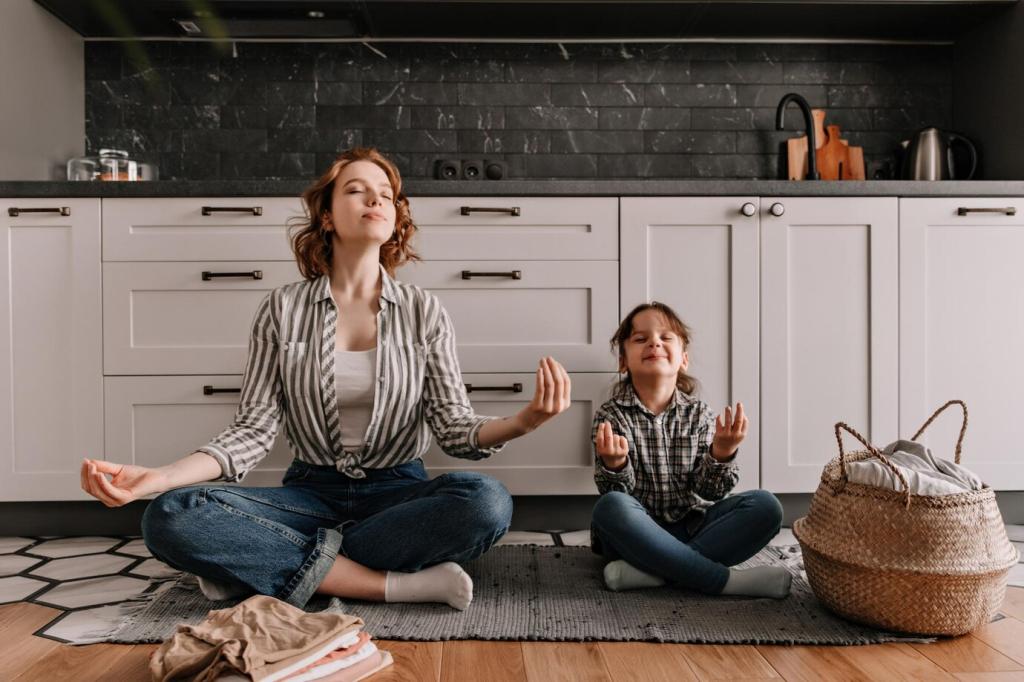Designing Your Personal Practice
Start with five minutes daily. Choose one scene for a week, deepen details, then rotate themes monthly. Small, consistent sessions outperform occasional marathons. Post your schedule in the comments, and we’ll cheer you on while sharing tweaks to personalize guided visualization techniques for your evolving goals patiently.
Designing Your Personal Practice
After each session, jot down three sensory details and one emotion. Over time, patterns emerge—colors that calm you, symbols that energize you. Journaling captures growth and refines future sessions, making guided visualization techniques more precise, more meaningful, and more aligned with your real life consistently.






